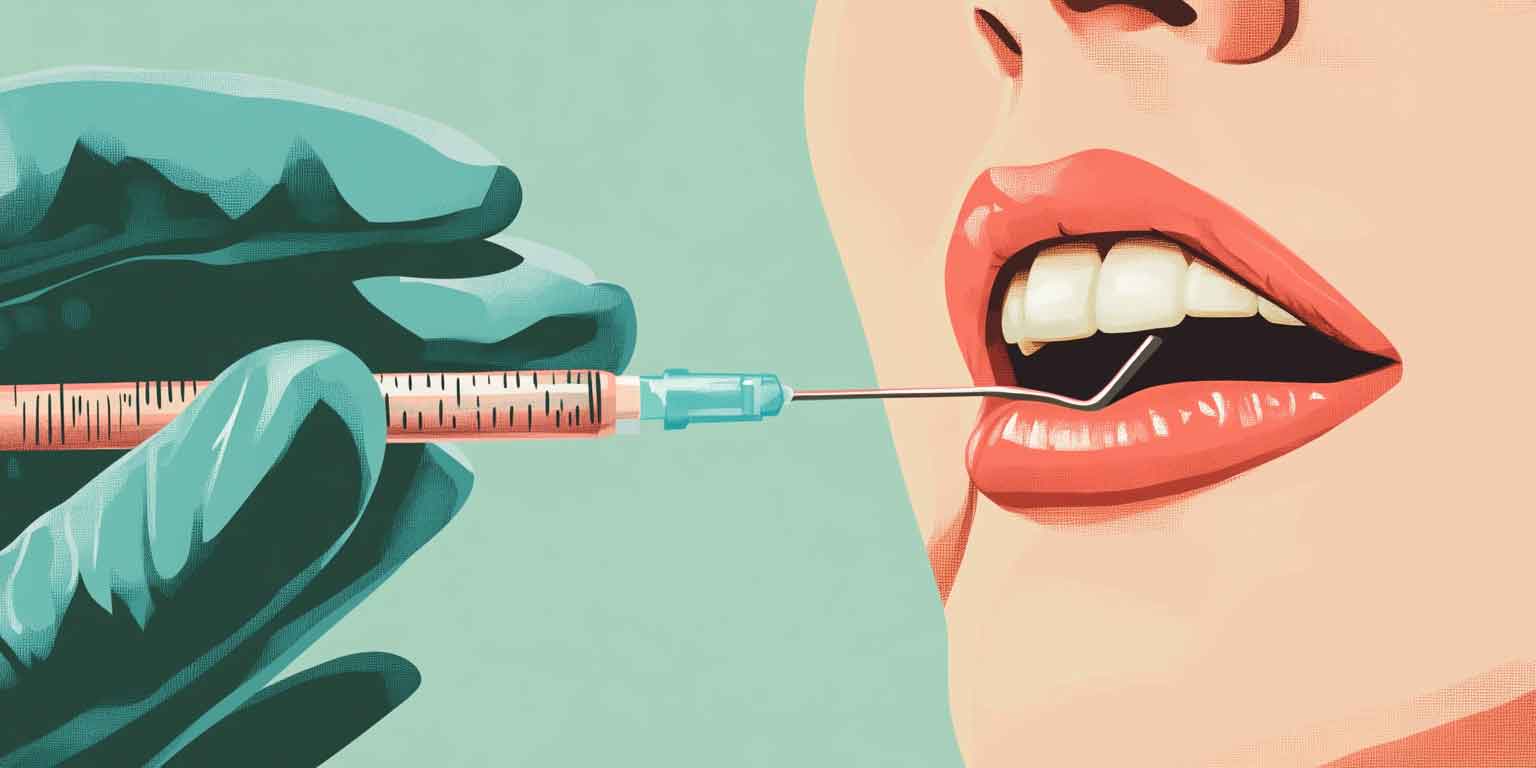Dentist Botox® Course: A Guide to Finding the Right Training
By Dr. Stephen Cosentino
PRESIDENT OF EMPIRE MEDICAL TRAINING
Botox® treatment has become a cornerstone of many cosmetic dentistry practices, with an increasing number of "regular" dental practices also offering this service alongside dermal fillers and other minimally invasive cosmetic treatments. Regardless of your practice type, selecting high-quality, fully accredited botox courses for dental professionals is essential. This article will guide you through what to expect from these courses and how to choose the best one for your practice.
Core Components of Botox Training for Dentists
While training dentists in Botox administration shares similarities with training other medical professionals in facial injectables, there are specific aspects that dentists should look for in their chosen course:
1. Neurotoxin Prerequisite Training
Botox, while safe when administered by well-trained professionals, is a potent neurotoxin. A high-quality training course should provide free online neurotoxin prerequisite training, covering:
- Botox formulations
- Mode of action
- Safe handling procedures
This material should be available for review at your convenience before the main course.
2. Botox Formulations and Preparation
The course should delve into different Botox formulations, including:
- Botox Cosmetic
- Botox Therapeutic
Additionally, it should cover best practices for diluting and preparing doses.
3. Cosmetic Indications and Treatment Areas
A comprehensive course will cover the main cosmetic indications and treatment areas for Botox, including but not limited to:
- Forehead lines
- Glabellar lines (frown lines)
- Crow's feet
- Nasolabial folds
- Marionette lines
- Perioral lines
4. Contraindications
Equally important, the course should address contraindications, or reasons to exclude patients from treatment. These may include:
- Certain skin conditions
- Age restrictions
- Known allergies to Botox ingredients
5. Treatment Planning and Execution
The core of the didactic portion should focus on treatment planning and execution. Topics to be covered should include:
- Patient assessment and consultation
- Facial anatomy and muscle function
- Injection techniques and patterns
- Dosage calculations
- Proper needle selection and handling
- Aseptic technique
6. Hands-On Training
There is no substitute for hands-on experience. The best Botox training courses provide opportunities to practice Botox administration on live volunteers with real cosmetic concerns.
7. Post-Treatment Care
A complete Botox training course should cover the post-treatment period, including:
- Expected outcomes and timeline
- Potential side effects and their management
- Follow-up care instructions
- When and how to schedule touch-up treatments
Selecting the Best Botox Training Course for Dentists
When evaluating Botox courses, consider the following factors:
1. Accreditation
High-quality Botox training courses are sponsored by accredited medical education providers and meet continuing dental education requirements. They provide actionable, evidence-based training in current best practices for botulinum toxin injectables.
2. Reputation
The best Botox training courses for dentists are well-known for providing excellent training. Accredited medical education providers tend to have stronger reputations than non-accredited providers, whose programs may omit important information or provide poor guidance for injectors.
3. Comprehensiveness
Great Botox training courses are comprehensive. The best combine Botox instruction with dermal fillers training for dentists. Since Botox and dermal filler treatments are complementary cosmetic services and highly popular, it makes sense for quality education providers to package these courses together.
4. Live Patient Training
While online training is valuable, nothing can replace the experience of treating live volunteers with Botox (or fillers). The best Botox training courses offer live patient training at in-person workshops.
Benefits of Botox Training for Dental Practices
Incorporating Botox treatments into your dental practice can offer several advantages:
- Expanded service offerings
- Increased patient satisfaction
- Enhanced practice revenue
- Competitive edge in the market
- Complementary treatments to other dental procedures
Legal and Ethical Considerations
Before offering Botox treatments, dentists should:
- Check state regulations regarding Botox administration by dentists
- Ensure proper malpractice insurance coverage
- Develop informed consent procedures
- Establish clear treatment protocols
Continuing Education and Skill Maintenance
Botox techniques and best practices evolve over time. To maintain proficiency and stay current with the latest advancements, dentists should:
- Attend regular refresher courses
- Participate in professional conferences and workshops
- Stay informed about new research and guidelines
- Engage in peer-to-peer learning opportunities
Conclusion
Choosing the right Botox training course is a significant step in expanding your dental practice's offerings and enhancing patient care. By selecting a comprehensive, accredited program that offers hands-on experience, you'll gain the knowledge and skills necessary to safely and effectively inject botox treatments. Remember to consider factors such as course content, reputation, and live patient training opportunities when making your decision. With proper training and ongoing education, you can successfully integrate Botox treatments into your dental practice, providing your patients with additional options for aesthetic enhancement and potentially growing your business in the process.


